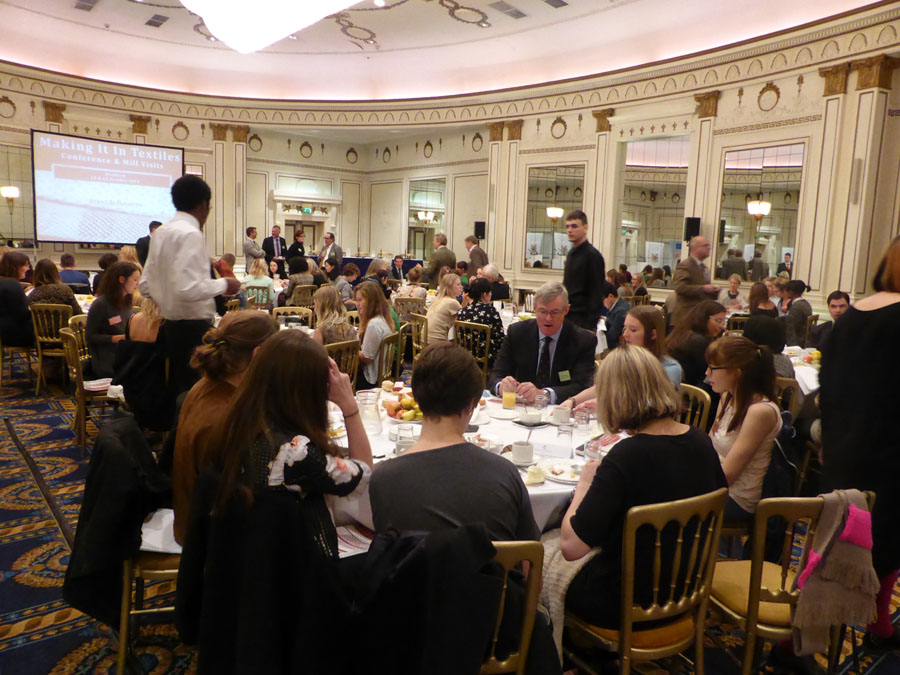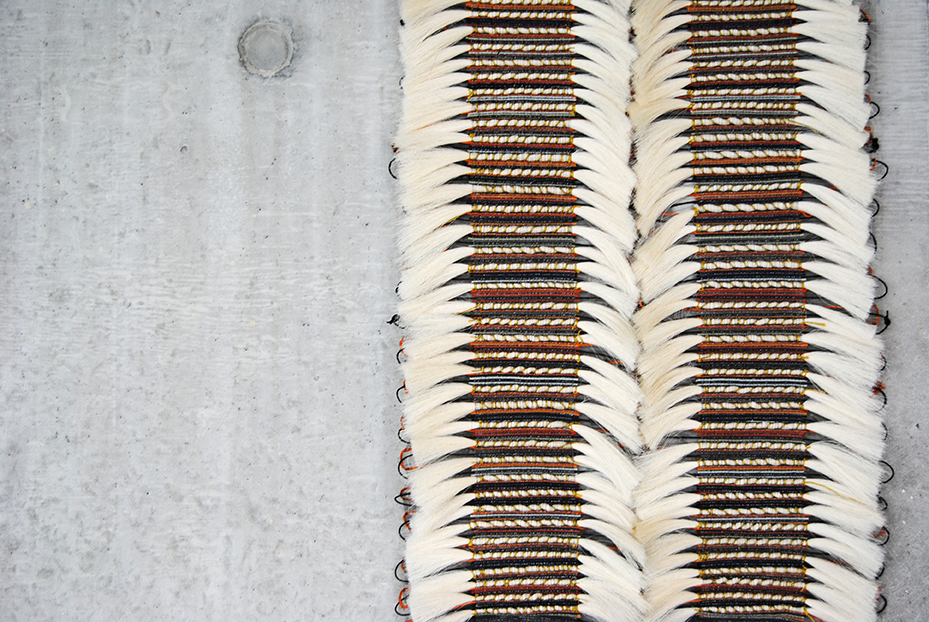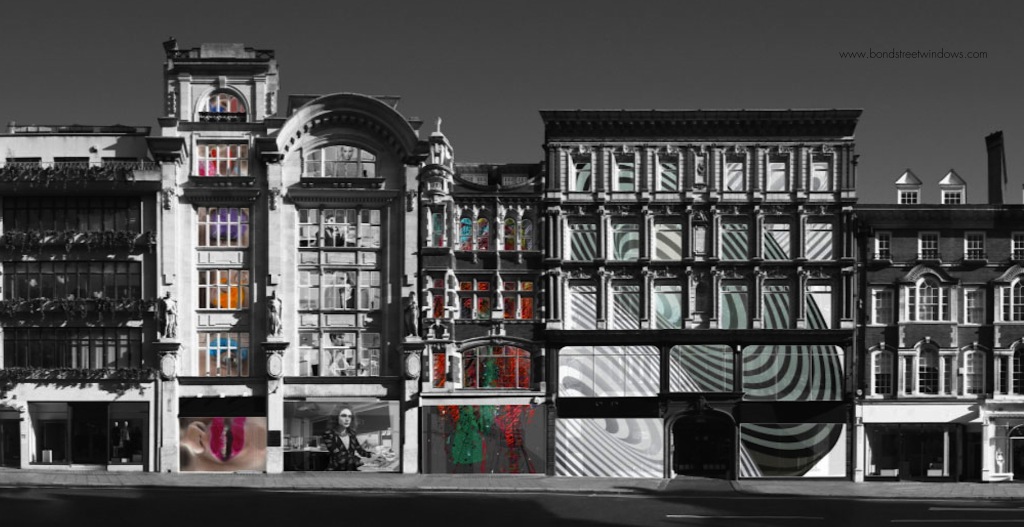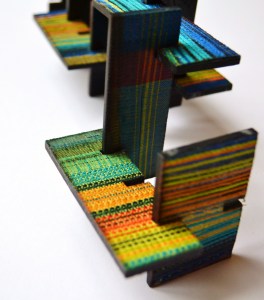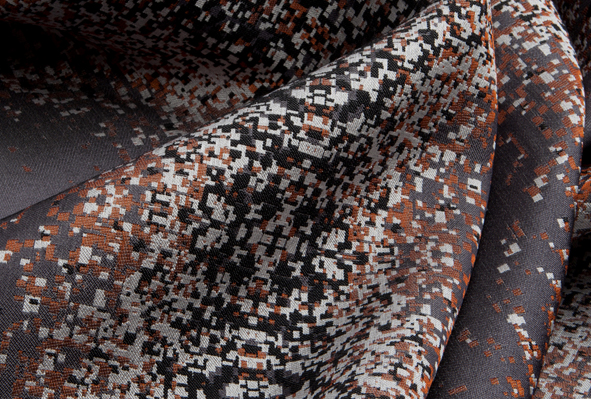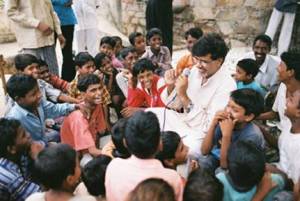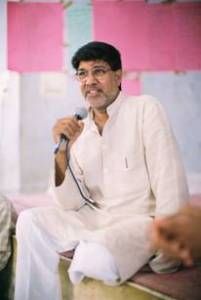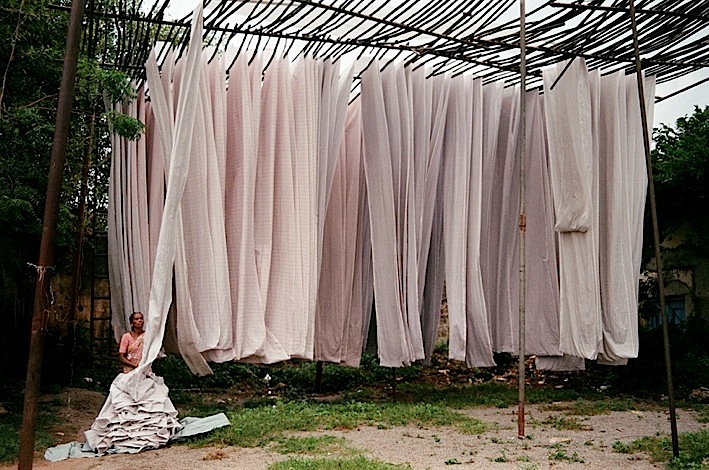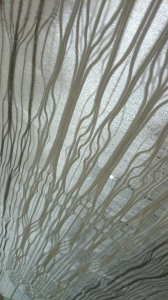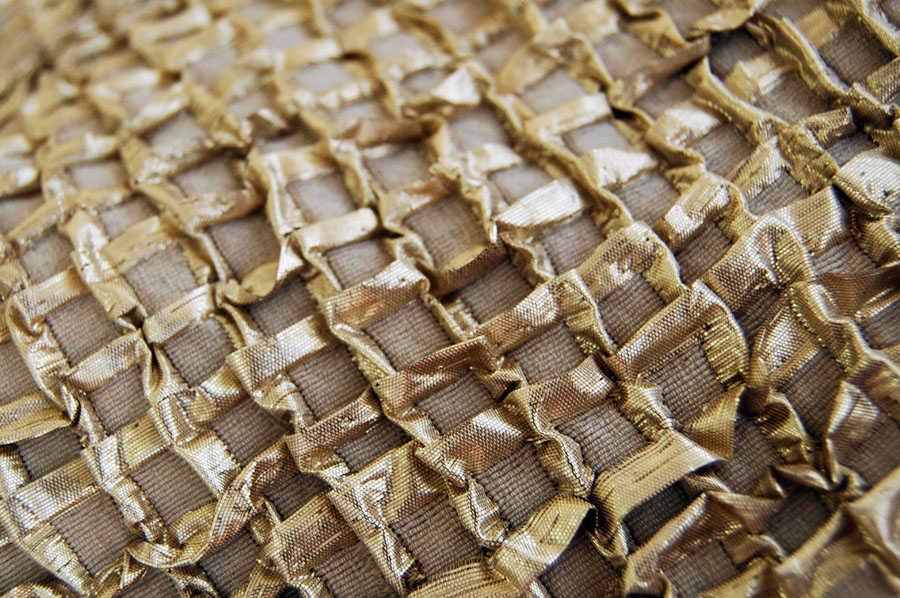 Counterpoint—design meets art. A showcase of textiles from two perspectives
Counterpoint—design meets art. A showcase of textiles from two perspectives
Exclusive hand-woven textile design samples destined for the catwalk will sit beside mini installations that present space-altering abstract worlds. At first glance they appear poles apart, but both originate from the same source—textiles.
Internationally renowned hand-woven textile designers Dash & Miller will exhibit a compendium of their most current designs, alongside art pieces by Peta Jacobs. This juxtaposition of works will demonstrates very different interpretations of textile practice and will show at the A&D Gallery, Chiltern Street, W1U 6LY from 13-17 January 2015.
The encounter between high-end design and conceptual art delivers an unexpected linkage that challenges the bounds of textile genres. In their meeting, there are correspondences, such as the use of visual repetition. There are also divergences, particularly in the outcomes.
Each of Dash & Miller’s exclusive miniature textile concepts represents a unique idea of colour, texture and form; artworks usually never seen outside of the industry they inform. Every piece is meticulously woven by hand using both traditional and cutting edge techniques and materials, designed with the sole purpose of feeding ideas to product designers and fabric producers across a vast spectrum of textile related industries.
Peta Jacobs’ artworks invite the viewer to question certainty and perception by presenting shifting views relative to viewpoint. They incorporate vestiges of cloth, along with abstract films, prisms and mirrors. “Peta Jacob’s uses of cloth, mirrors and digital technologies have a magical, alchemic resonance as they enfold and draw us into that borderline space between what we know and what we imagine”, says Lesley Millar, Professor of Textile Culture, University for the Creative Arts.
Counterpoint—design meets art is showing at A&D Gallery, 51 Chiltern Street, London W1U 6LY (nearest tube is Baker Street).
The show runs from Tuesday 13th January until Saturday 17th January.
Opening Hours: Tuesday to Friday: 10.30am to 7.00pm.
Saturday: 10.30 am to 4pm. Continue reading →

